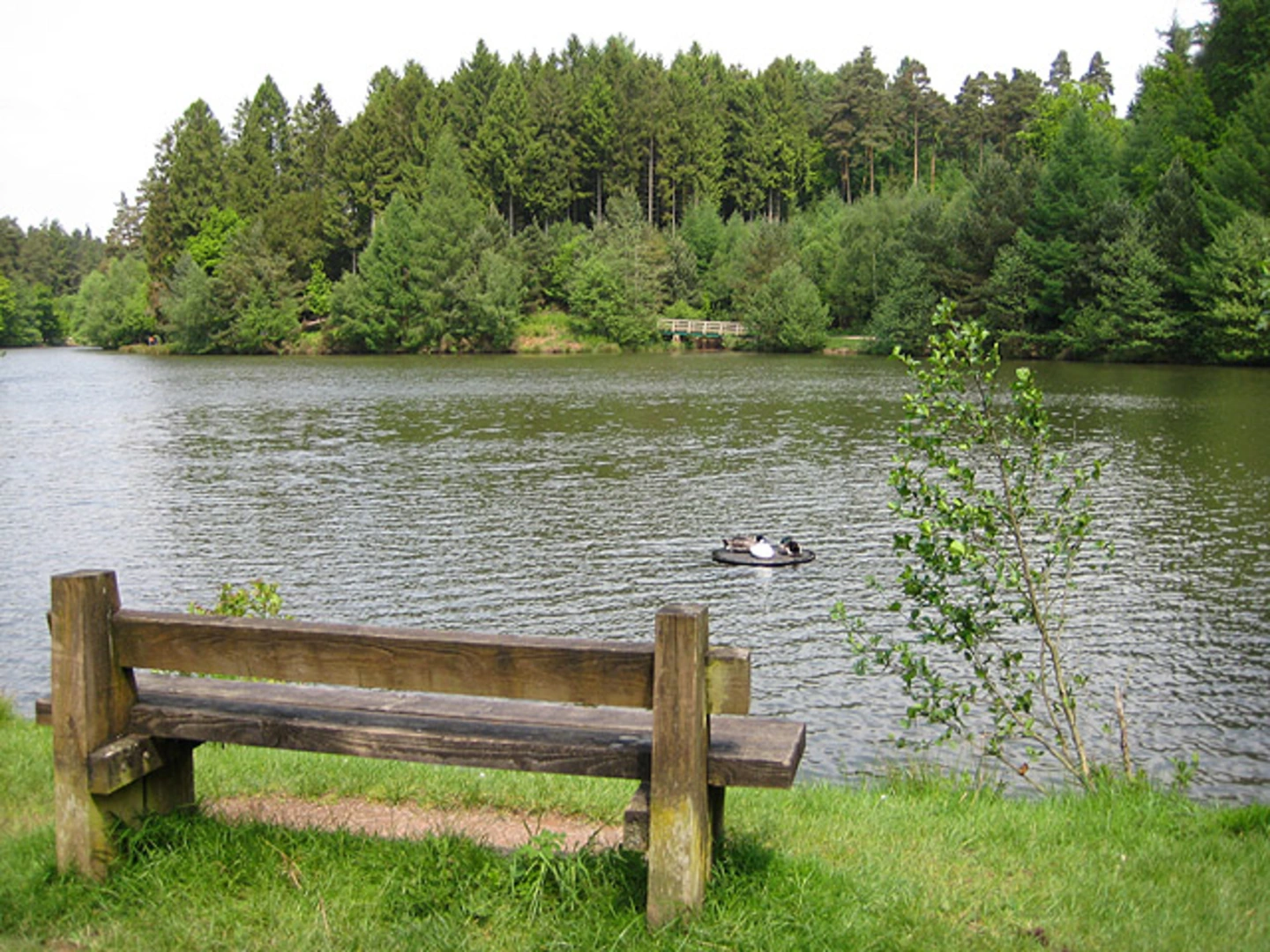Download
Preview
Add to list
More
11.3 km
~2 hrs 32 min
171 m
Loop
“Explore the enchanting 11 km Mallards Pike and Forest of Dean Loop, blending nature, history, and moderate challenge.”
Starting near Gloucestershire, England, the Mallards Pike and Forest of Dean Loop is a captivating 11 km (approximately 6.8 miles) trail with an elevation gain of around 100 meters (328 feet). This loop trail is rated as medium difficulty, making it suitable for moderately experienced hikers.### Getting There To reach the trailhead, you can drive or use public transport. If driving, set your GPS to Mallards Pike Lake, which is a well-known landmark in the Forest of Dean. For those using public transport, the nearest train station is Lydney, which is about 7 miles (11 km) away. From Lydney, you can take a taxi or a local bus to Mallards Pike Lake.### Trail Overview The trail begins at Mallards Pike Lake, a serene spot perfect for a pre-hike picnic or post-hike relaxation. As you start your hike, you'll be greeted by the lush greenery of the Forest of Dean, one of England's oldest and most picturesque woodlands.### Key Sections and Landmarks
Mallards Pike Lake to Cannop Ponds
The first section of the trail takes you from Mallards Pike Lake to Cannop Ponds, approximately 3 km (1.9 miles) into the hike. This part of the trail is relatively flat and meanders through dense forest, offering ample opportunities to spot local wildlife such as deer, wild boar, and various bird species. Cannop Ponds is a beautiful spot for a short break, with its tranquil waters and abundant birdlife.#### Cannop Ponds to Speech House Continuing from Cannop Ponds, the trail gradually ascends towards Speech House, adding about 2 km (1.2 miles) to your journey. This section involves a gentle climb, gaining around 50 meters (164 feet) in elevation. Speech House is historically significant, originally built as a hunting lodge for Charles II in the 17th century. Today, it serves as a hotel and restaurant, offering a glimpse into the area's rich history.#### Speech House to Beechenhurst From Speech House, the trail leads you to Beechenhurst, another 3 km (1.9 miles) stretch. This part of the trail is relatively easy, with a slight descent. Beechenhurst is home to the Forest of Dean Sculpture Trail, where you can explore various art installations set amidst the natural beauty of the forest. It's a great spot to take a break and enjoy some art and nature.#### Beechenhurst to Mallards Pike Lake The final leg of the loop brings you back to Mallards Pike Lake, covering the remaining 3 km (1.9 miles). This section is mostly downhill, making for a pleasant and easy finish to your hike. As you approach the lake, you'll pass through more dense forest, with the chance to see more wildlife and enjoy the peaceful surroundings.### Navigation and Safety For navigation, it's highly recommended to use the HiiKER app, which provides detailed maps and real-time tracking to ensure you stay on the right path. The trail is well-marked, but having a reliable navigation tool can enhance your hiking experience and provide peace of mind.### Historical Significance The Forest of Dean has a rich history dating back to Roman times, when it was used for iron ore mining. Throughout the centuries, it has been a royal hunting ground and a source of timber for the Royal Navy. The area's historical significance adds an extra layer of interest to your hike, making it not just a physical journey but a journey through time as well.### Wildlife and Nature The Forest of Dean is a biodiversity hotspot, home to a variety of flora and fauna. Keep an eye out for ancient oak and beech trees, as well as the diverse wildlife that inhabits the forest. The area is particularly known for its population of wild boar, which were reintroduced in the early 2000s.This trail offers a perfect blend of natural beauty, historical significance, and moderate physical challenge, making it a rewarding experience for any hiker.
What to expect?
Activity types
Comments and Reviews
User comments, reviews and discussions about the Mallards Pike and Forest of Dean Loop, England.
4.14
average rating out of 5
7 rating(s)

